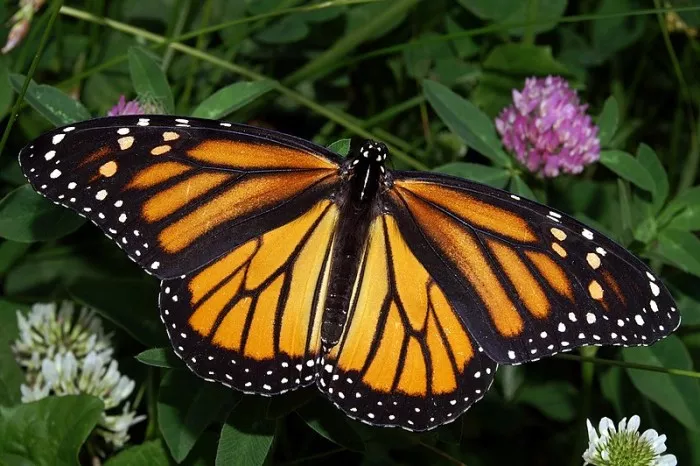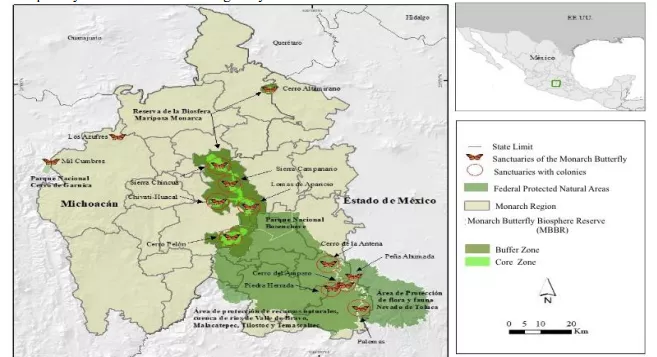According to the verge report, environmental organizations and the Mexican nature reserve Commission [announced] this week( https://www.worldwildlife.org/publications/areas-of-forest-occupied-by-the-colonies-of-monarch-butterflies-in-mexico-during-the-2021-2022-overwintering-period ) , monarch butterflies will make an amazing comeback in Mexico last winter** To avoid the cold temperatures in the north, these butterflies fly thousands of miles south from Canada and the United States and spend the winter in Mexico. Last December, according to Mexican authorities, the number of monarch butterflies in Mexican forests increased by 35%.

This is a demonstration of the resilience of species, and the number of people in the region has decreased to a worrying low over the past decade. They face serious threats from habitat destruction and climate change, so that the non-profit biodiversity Center launched a lawsuit last year to urge the United States to protect them under the Endangered Species Act.
Butterflies fly in the forest, sometimes thick enough to change the color of the landscape from green to gold. To measure their spread, the authorities assessed the area of land they covered. Their final statistical result was 2.84 hectares, an increase of more than one third over the previous year's 2.1 hectares. To be sure, they were much more numerous in the past. In 2018, they covered more than 6 hectares of forest.

The butterflies have quickly lost their habitat because of deforestation in Mexico. Further north, they are losing their rich milkweed, the only plant eaten by Emperor butterfly caterpillars. This is mainly driven by urban and agricultural development. But climate change has also contributed to fires, heat waves and droughts, making them home to trees and plants. They are also very sensitive to extreme weather because temperature provides them with key milestones and hints on how to breed or migrate.
Fortunately, the resurgence of butterflies in Mexico this past winter may be a sign that butterflies are learning to adapt to more extreme weather caused by climate change. The butterflies left their habitat in Mexico early last year, AP reported. They begin their journey north in February, and they usually start North in March after arriving in Mexico in October or November.
Although this is a bright spot in the protection of the species, the threat to butterflies and their habitats has not slowed down. The Associated Press reported that logging on their territory increased last year, which was only alleviated by the loss of trees caused by fire, drought and disease.